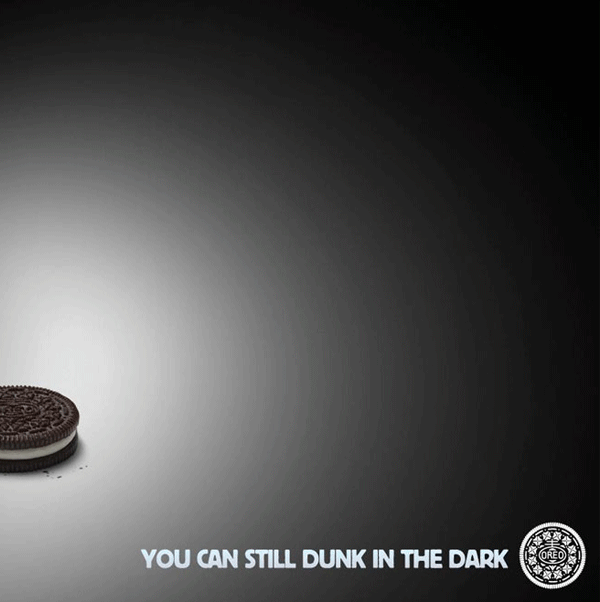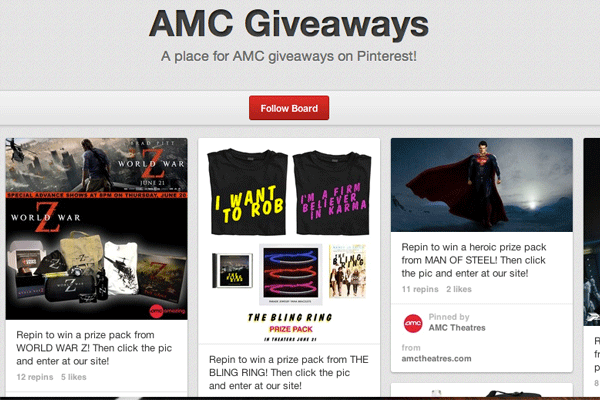
For businesses looking to enhance their SEO, content marketing is far more impactful than traditional link building and can be done on a shoestring budget.
A clever content marketing strategy will inherently result in natural linking and social sharing, as well as enhanced brand perception and awareness. Google loves unsolicited engagement with content, and places high value on social signals and brands. This is why content has the potential to create the perfect SEO machine.
Businesses that want the most bang for their buck need to consider the power of content as a means to replace or augment their expenditure on traditional SEO.
The Power of Content Marketing
1. Immediate impacts
While it may take 4-6 months to see results from a link building campaign, content marketing leverages mediums like social media to put your brand in front of an active audience ready for immediate engagement. As we all know, social is about the here and now, which means consumers are on the hunt for sharable content. Once you’ve built a community of followers, they will happily engage your brand and become your biggest advocates.
Example:
A legendary precedent for timely and topical content delivery is a single post to Oreo’s twitter account during Super Bowl XLVII’s infamous blackout. Moments after the lights went out, Oreo tweeted “Power Out? No Problem” with a link to the below image. Oreo’s content team was on call during the Super Bowl, ready to respond to anything that happened, and their razor sharp wit and fast reaction time paid off to the tune of 20,000 new Facebook likes and 15,000 re-tweets.

2. More cost effective
Most businesses do not have the in-house resources or know-how to execute an SEO campaign. However, exciting and sharable content can be created in-house for little to no money. Often, businesses have repositories of pre-existing assets that can be turned into content for marketing purposes. With minimal effort, sharable content can be generated and ready to share.
Examples:
*You’re a restaurant who recently re-branded, complete with a fresh new logo, signage, menus and staff uniforms. Share the new branding collateral on social media channels like Pinterest and Facebook. Snap some pics of the new signage, menus and happy staff showing off their new uniforms, and share the images via Instagram and Twitter.
*You’re a financial consultancy with industry-leading knowledge related to investing for retirement. Create a series of e-books and make them available as PDF downloads. Promote the e-books on your blog and social media channels.
3. Greater long-term impact
Links posted on 3rd party websites can disappear, but content posted to a business’ website or social channels will remain indefinitely. Businesses who use content to educate and inform customers, for example, can create assets that live on forever. This provides value to consumers at every stage of the buyer’s journey.
Examples:
*A robust FAQ page on a company website will not only assist customers with purchasing and troubleshooting questions, but can potentially rank well for SEO keywords.
*Instructional videos that live on a company website or YouTube channel provide a permanent collection of helpful information that can be used indefinitely by potential, existing and repeat customers.
4. SEO is a natural byproduct of good content
It’s 2013 and SEO is a completely new game. Google has rigorously implemented a slew of new Penguin and Panda updates and its search algorithm now places great emphasis on social signals, branding and relevant unique content to determine a site’s value. This means a bare bones link building campaign won’t get you far.
The beauty of strong content is its ability to generate natural consumer engagement across all channels, which sends strong signals to Google that content is worthy of recognition and reward.
Many small businesses fall victim to marketing companies who present link building as the penultimate tactic; however, a lot of time and money can be saved by focusing first on content and letting the links (naturally) follow.
5. More relatable and engaging for consumers
Relevant content that connects with an audience is far more useful than a generic article placed on a low value website. Put your brand and consumers at the top of the marketing food chain, and good things will follow. It’s important to remember that your end users are human beings, not search engines. Humans want relevant content with intrinsic value, not five page articles stuffed with keywords and surrounded by meaningless advertisements.
Examples:
*Follow current memes or trends in popular culture, and stage a video parody or remake. The recent “Harlem Shake” explosion, for example, spawned hundreds of spin-off videos created by employees of companies around the world. The most popular videos generated millions of views on YouTube. Check out Red Bull’s skydiving version, which is our personal favorite.
*Stage an employee photo shoot with a quirky theme or encourage ad hoc or informal shots. Creative staff photos show off the personality behind your brand, and show consumers that you don’t take yourself too seriously. If you like the result, create a fun staff section on your website and share the images on your social channels. Below is an extreme yet beautiful team page created by Los Angeles creative agency David&Goliath.

6. Forces improvement of existing and creative use of untapped content
Businesses that engage in effective content marketing are forced to examine aspects of their brand that can be used or enhanced to improve their perception and awareness, and also to educate, inform and inspire consumers.
There are virtually unlimited opportunities for leveraging existing assets to create meaningful content that consumers will be excited about. Additionally, most company have a plethora of internal materials that, with a bit of thought, could be turned into dynamic content worthy of sharing.
Examples:
*Convert an archive of company photos to digital format and create a Facebook timeline highlighting the history and heritage of your company.
*Collect internal research and white papers and turn them into a series of e-books that you promote on your company blog and social channels.
*Organize and record presentations with thought leaders at your company and create an educational video channel on your website or YouTube.
7. Ties into Social Media campaigns
Consumers love to share, so give them something to talk about and let them do the work for you. Facebook, Google Plus, Twitter, YouTube, LinkedIn, Pinterest and Instagram all provide opportunities to put your brand in front of millions of potential customers. The great news is, creating accounts on all of these channels is free, and they are full of active users searching for content to consume and tell the world about.
You must give to receive, so don’t always center your efforts around selling. Don’t be afraid to integrate humor or a bit of quirkiness to show consumers your personality. The most popular content on social media is often humorous or shocking, but use sound judgement based on what you know about your target demographic.
A straightforward (and non-shocking) example of showing consumers your altruistic side is by launching a giveaways campaign. As shown below, AMC movie theaters dedicates an entire Pinterest board to promoting freebies to it’s fans. Each pin encourages users to take a specific action, such as entering a contest via the AMC website, which keeps users engaged and interacting with fun content.

Let`s Get
In Touch
Contact us today for a free consultation
and cost estimate for
your project.
We work with companies in all
industries, big or small.
Give Us a Call: 786-529-6039
Services
©2024 FUZE DIGITAL INC. Ignite Your Brand™ | privacy





